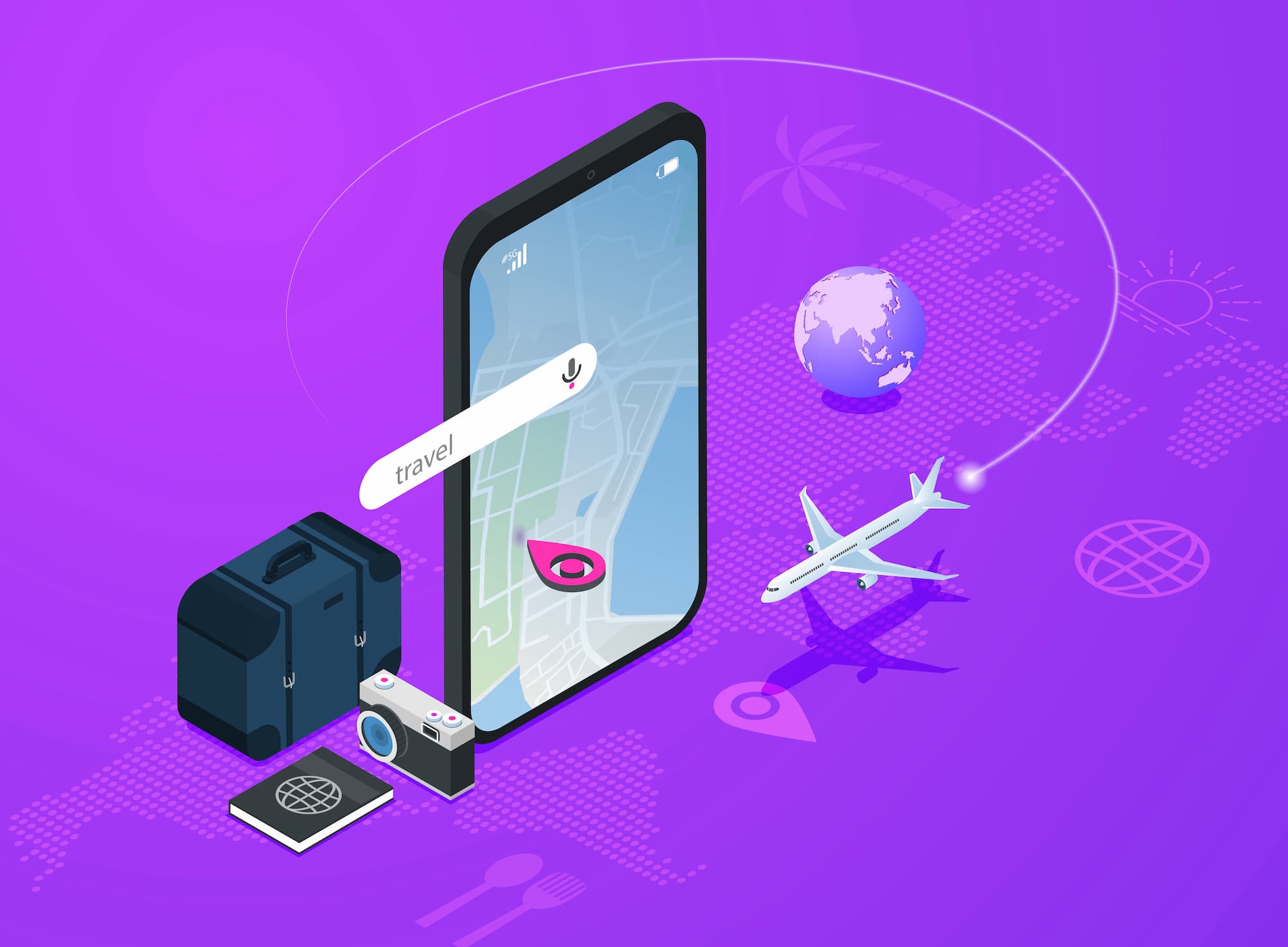
A Glimpse Into the Airport of the Future
The way we travel is constantly evolving.
Just a decade ago, if you wanted to go on a vacation, your first stop was likely a travel agent. You’d consult the agent, discuss what your vision and budget for the trip was, and then pay to have the third party book your airline tickets, hotel accommodations and more.
Flash forward to today, and this process has become antiquated. Sure, travel agents still exist — but now, you can just get on your smartphone or tablet and quickly compare airline prices or browse diverse accommodations, from hotels to Airbnbs.
This same idea extends to the evolution of the airport itself.
All told, a wide range of recent innovations have made their way into airports, allowing travelers and the travel sector as a whole to leverage the full power of modern technology.
The Airport of the Future is Here
One of the major trends that has been picking up steam in airports around the world is contactless technology — tools that allow passengers to rapidly move through security and boarding with minimal human interference. Contactless tech has been on the horizon for a while, but its adoption has skyrocketed in the wake of the ongoing COVID-19 pandemic.
Contactless self-service technologies have been making an impression at many airports, including those like Bangalore International Airport Ltd (BIAL). Here, nearly every step of the travel experience is automated — people can check in on their phones, stream inflight content without having to download an app and much more.
The growing demand for contactless technology isn’t just about minimizing human contact, though. It also reflects a push for frictionless, integrated digital experiences.
We see this with airport commerce, for example. In early 2021, the Dallas Love Field Airport (DAL) unveiled the first Hudson Nonstop. This in-airport convenience store leverages Amazon’s “Just Walk Out” technology, allowing customers to enter using their credit card, take the products they’re looking for, and then leave.
PHL Food & Shops at the Philadelphia International Airport (PHL) also recently launched a new food delivery option in collaboration with Grab and AtYourGate. This program enables travelers to order airport concessions and have it delivered to their gate. While this initiative was gaining in popularity prior to 2020, social distancing guidelines associated with the COVID-19 pandemic accelerated its adoption.
Another great example of the integrated and frictionless future of the airport is AirAsia. In 2016, CEO Tony Fernandes announced plans to turn the company into a fully “digital airline.” Now, the company offers an online shopping platform where customers can purchase duty-free products and have them delivered to their doorstep by the next working day.
Modern consumers want convenience and flexibility — and these preferences don’t go away when they travel. Airports must follow suit to stay competitive and create value.
The innovations thus far have all been outwardly consumer-focused. Here at DMI, we believe “customer obsession” is paramount to all enterprises’ success. However, that doesn’t mean we don’t also value the back-of-house technologies that control operations and logistics.
Outcome-based AI, for example, has a lot to offer the airport of the future. Historically, operators have relied on experience alone to mitigate runway traffic, predict when a flight would touchdown and more.
Instead, artificial intelligence and machine learning can help airports tap into historical trends and compare actual data versus predicted simulations to evaluate all factors and arrive at the best decision. All of these steps are then automated, thus saving time while simultaneously improving customer outcomes and experience.
The Time is Now
While the airport of the future may sound like something out of science fiction, it’s becoming our reality.
Leveraging the expertise of a partner can help you realize your digital transformation goals faster and move forward with confidence. DMI has helped some of the largest airports in the world create frictionless, fully-integrated travel experiences as well as optimize operations. Contact DMI to find out how we can advance your IT investments to where they need to be.
![[FREE DOWNLOAD] Top 3 Travel Industry Trends](https://no-cache.hubspot.com/cta/default/8444324/422862ee-1ff4-4ca3-b502-050da66b7ff8.png)
